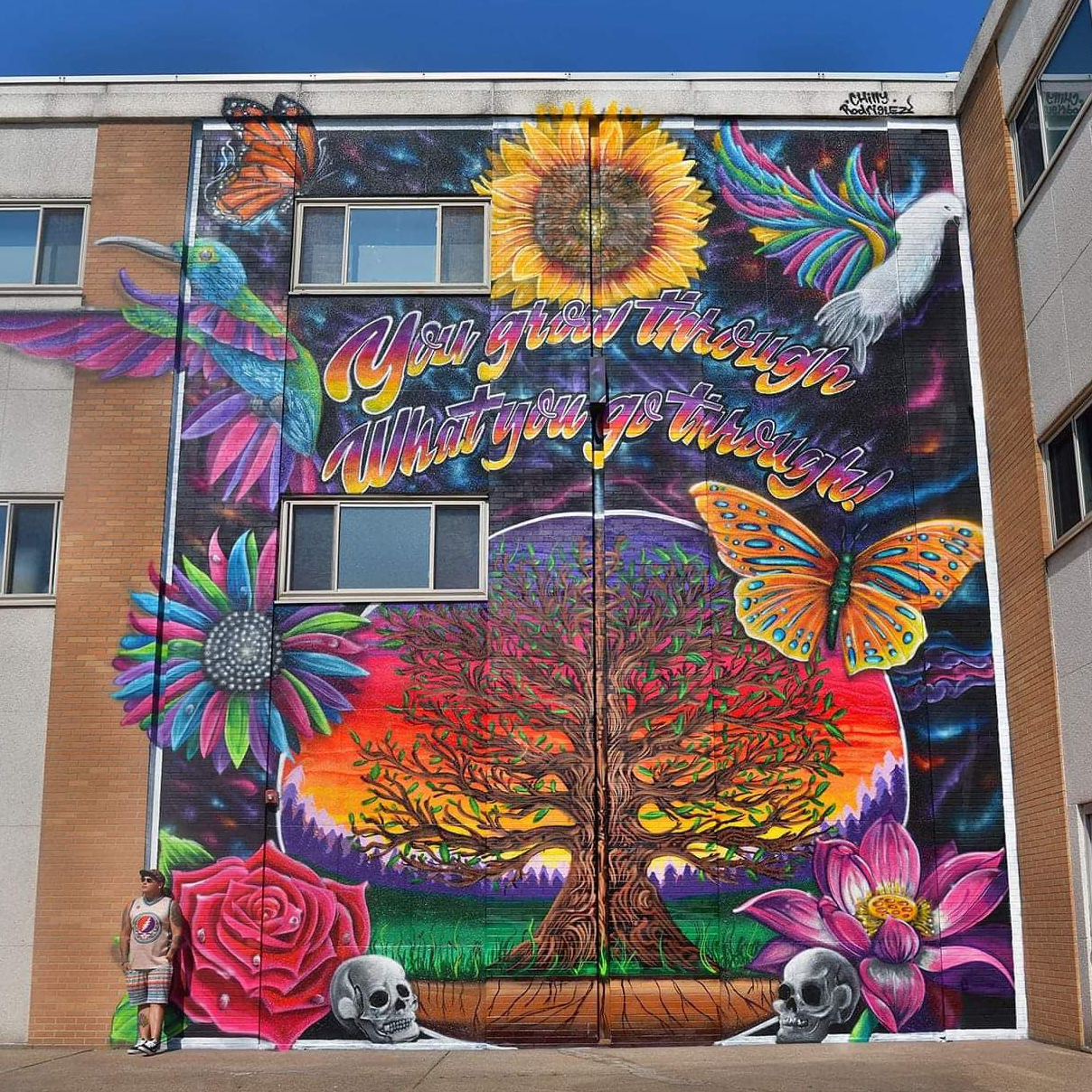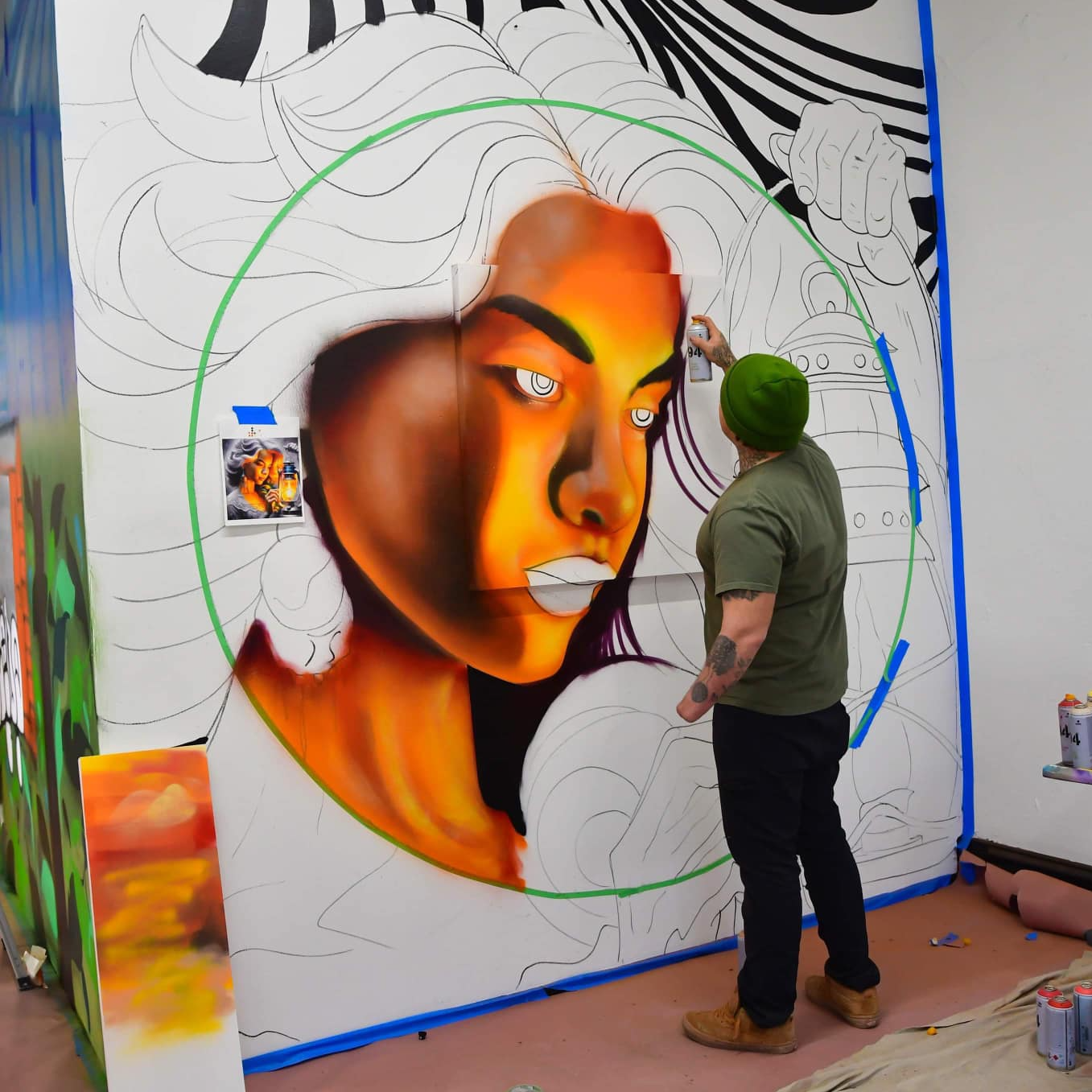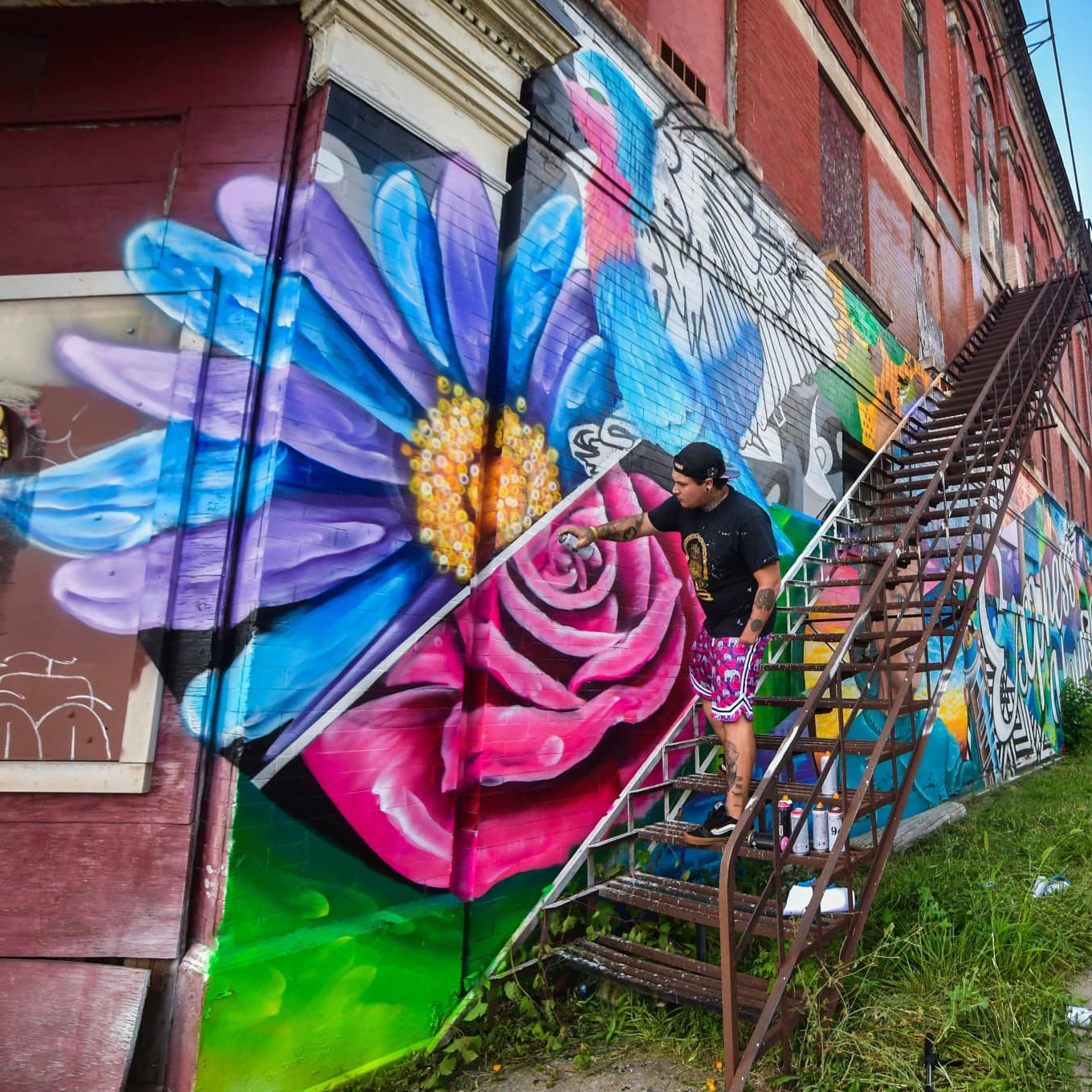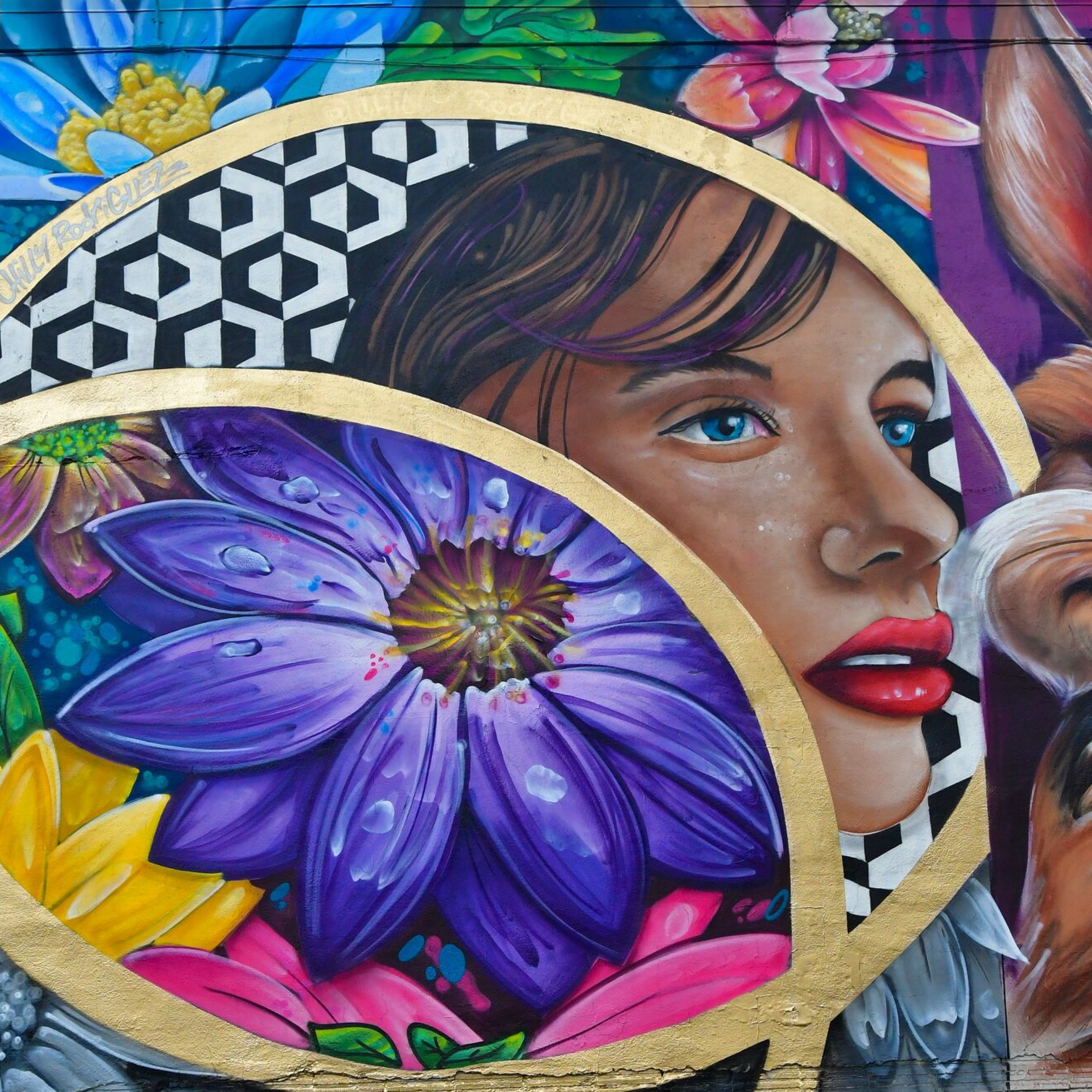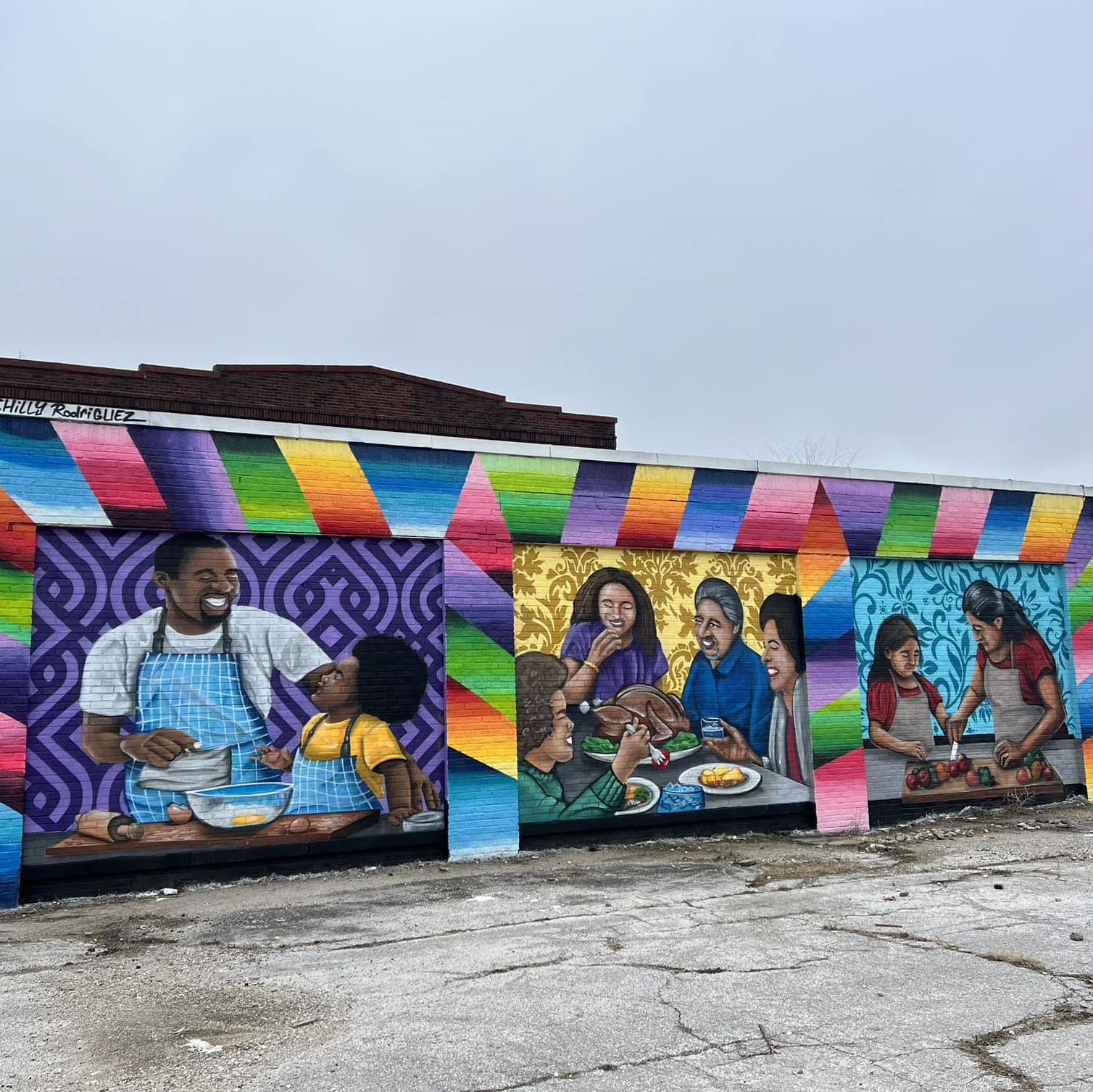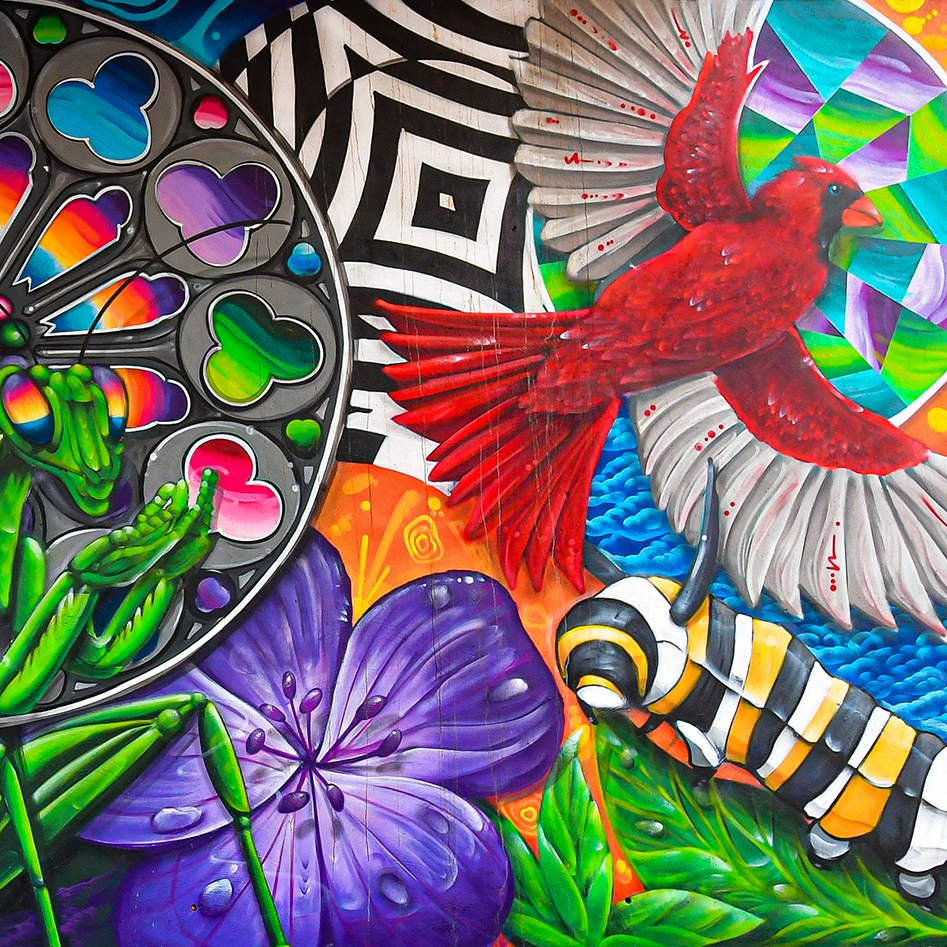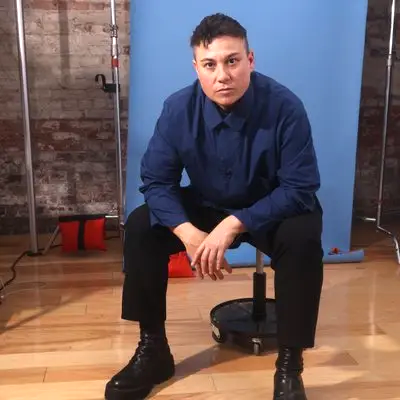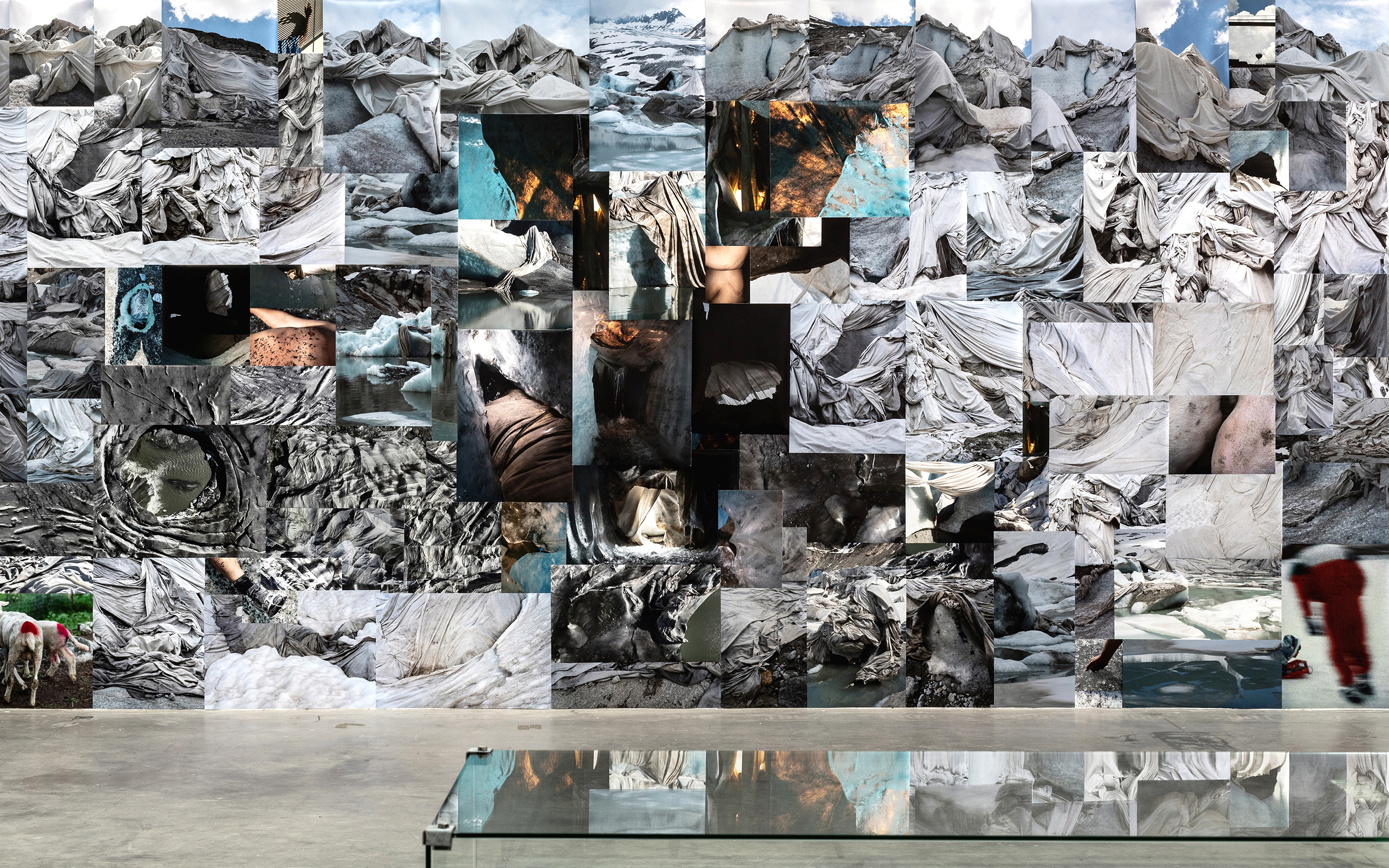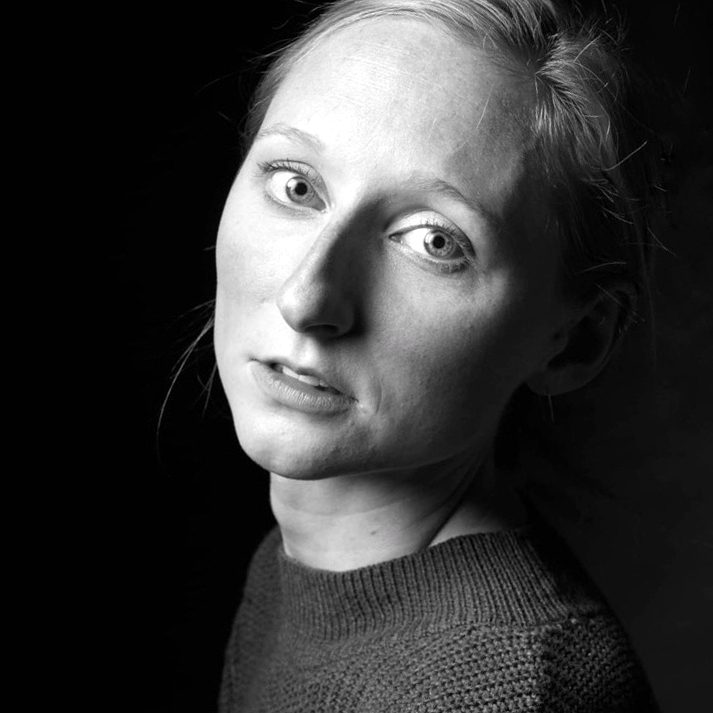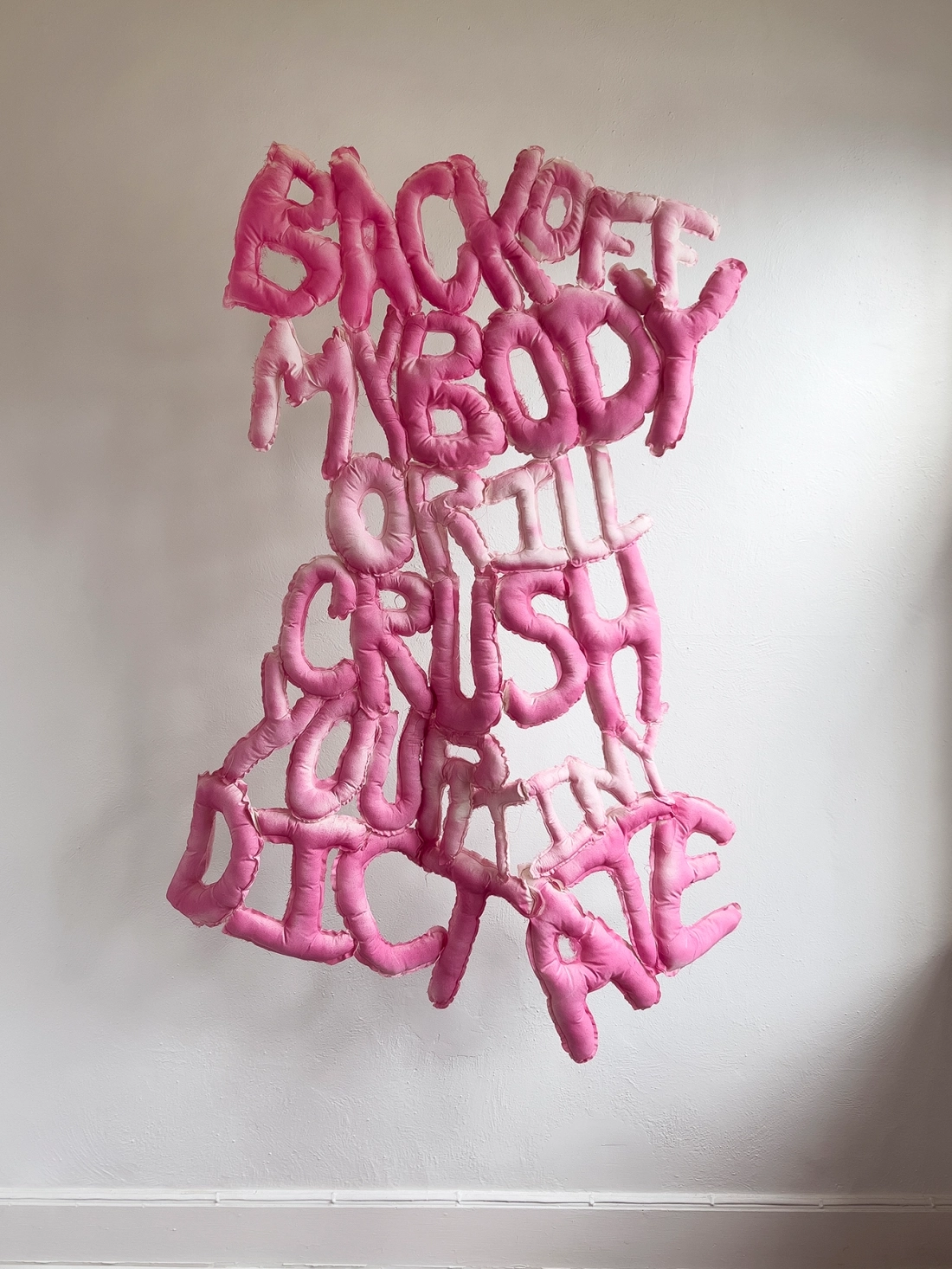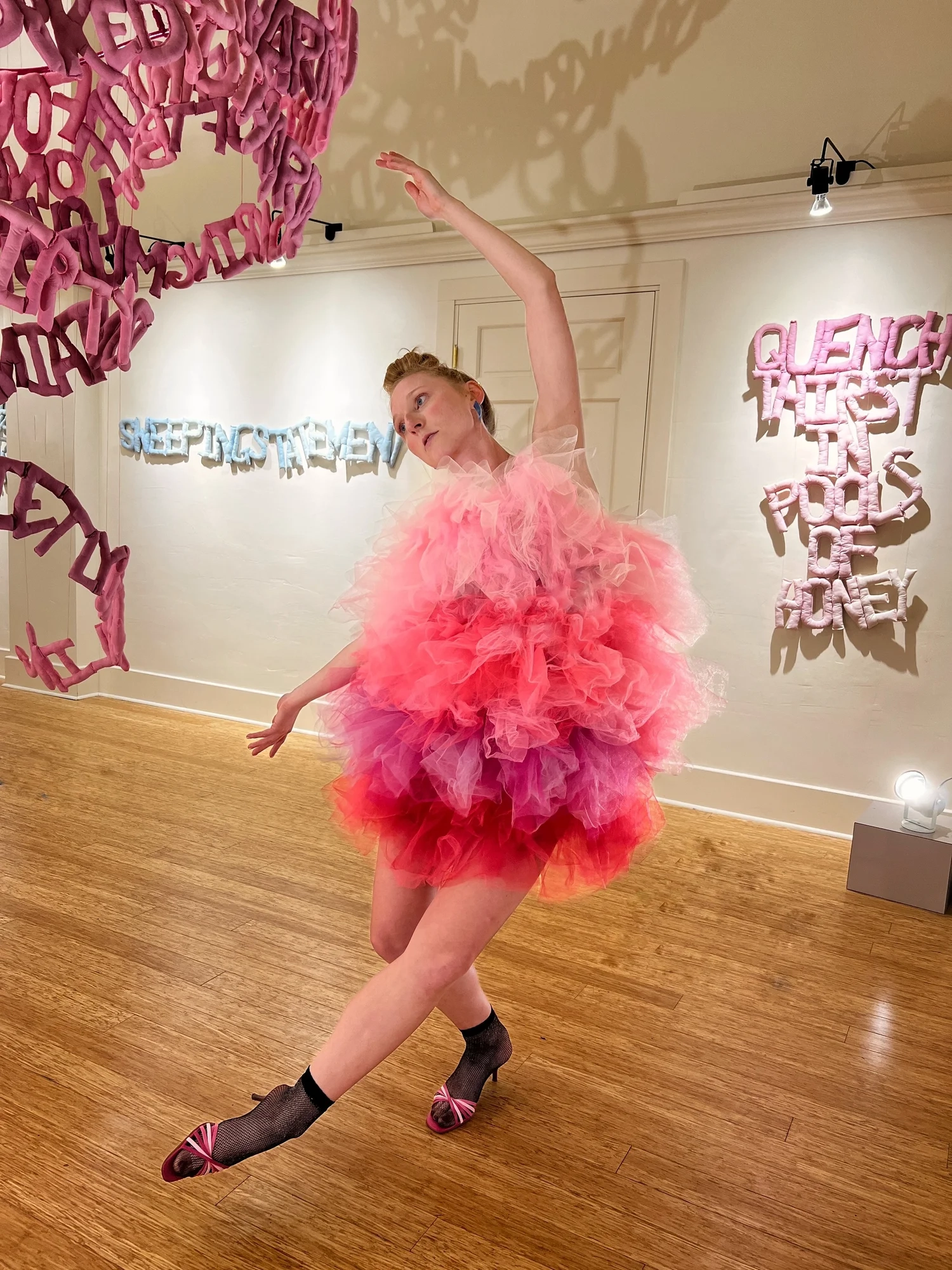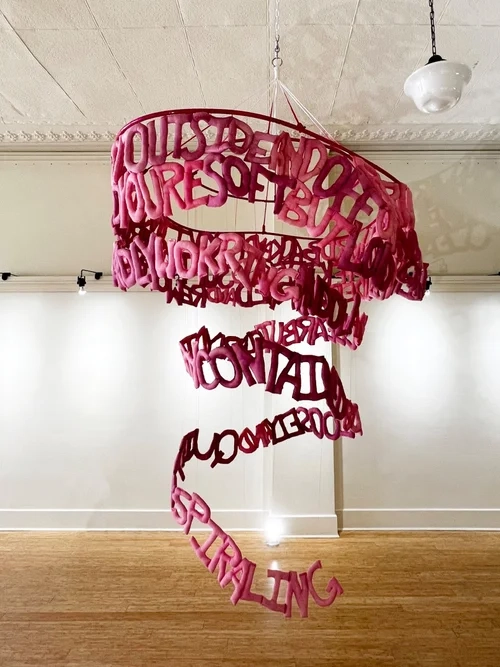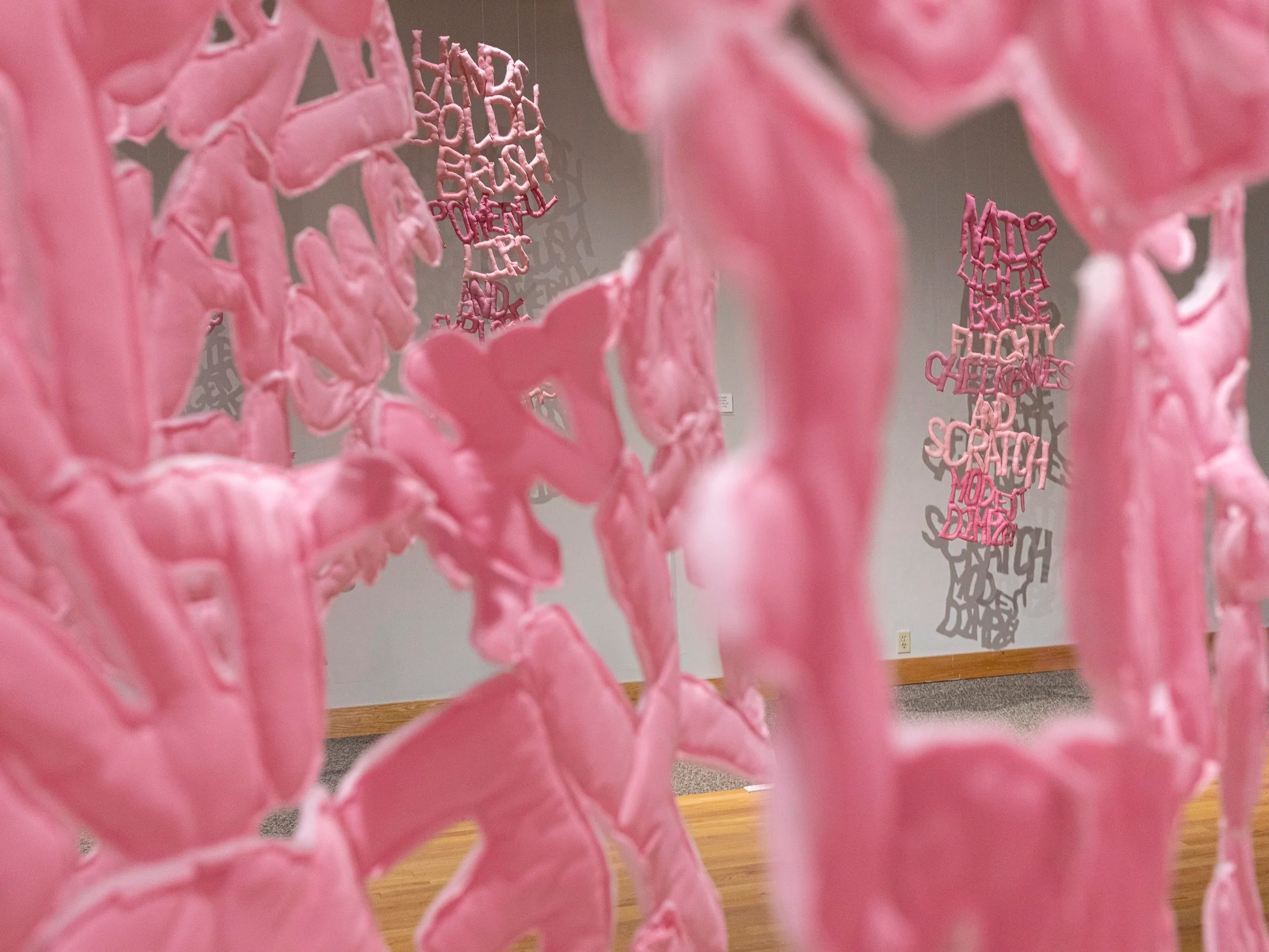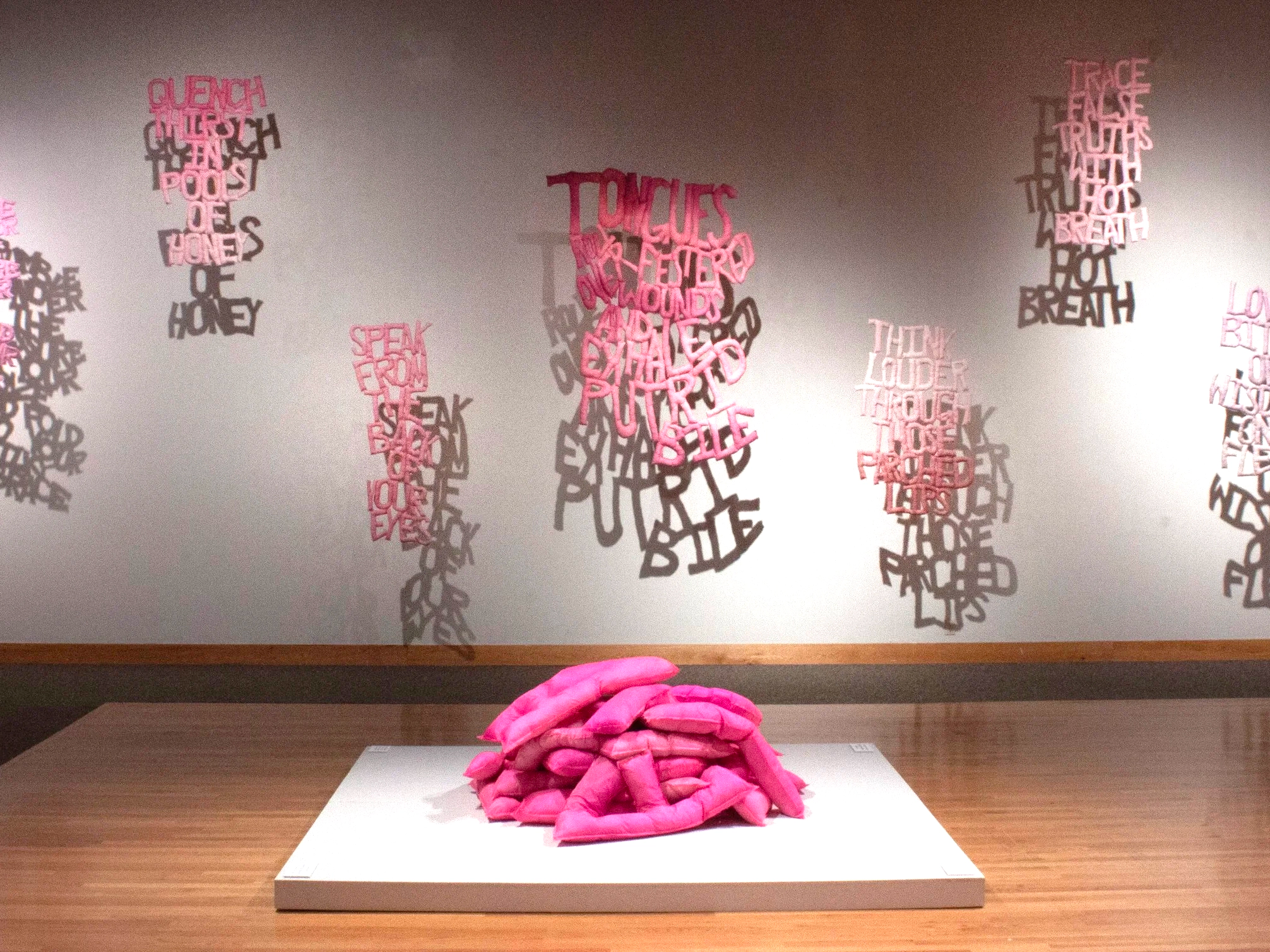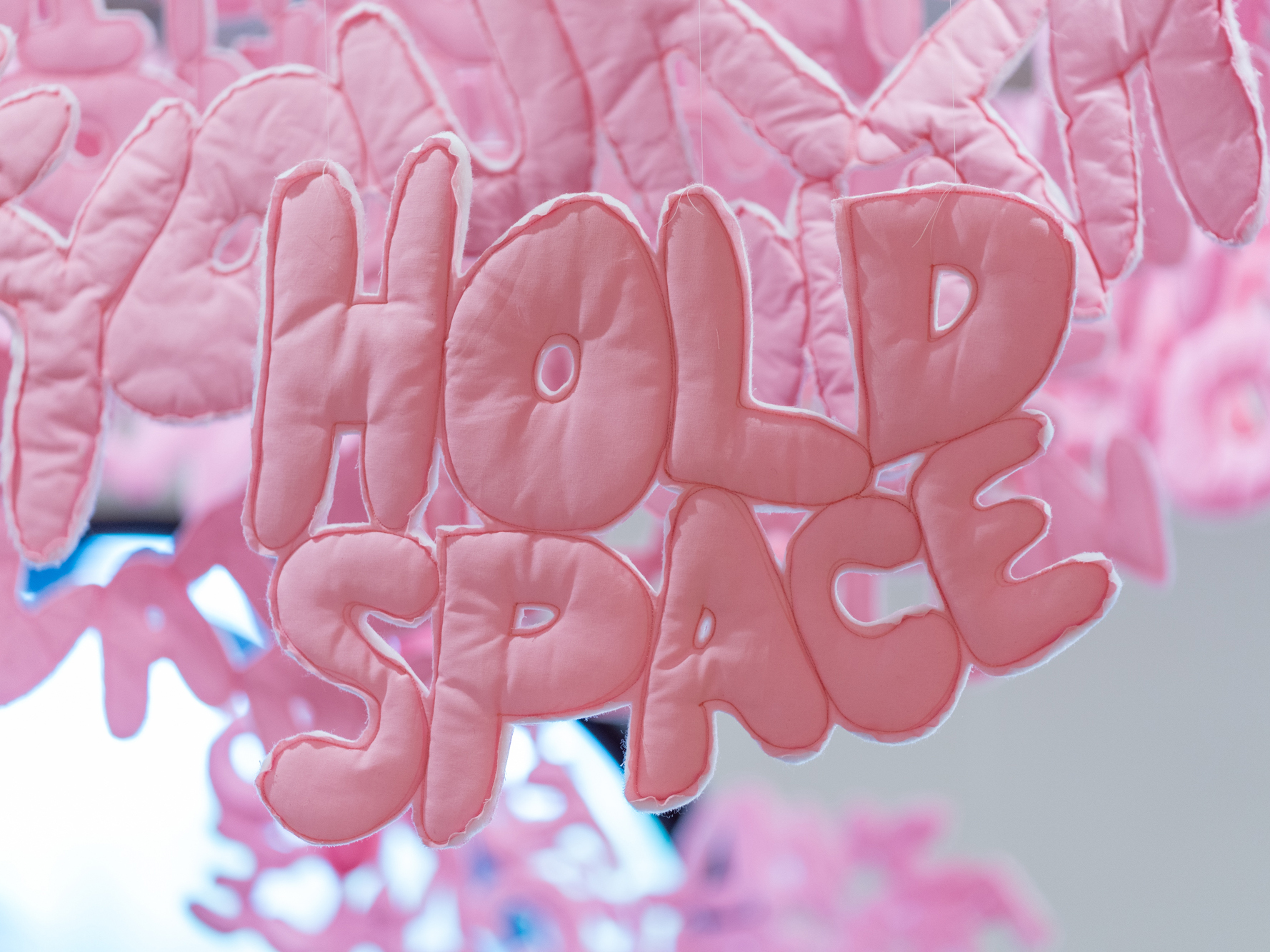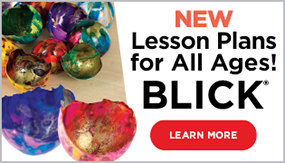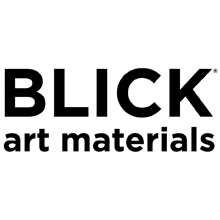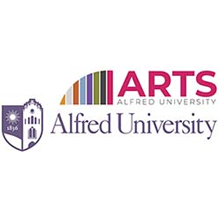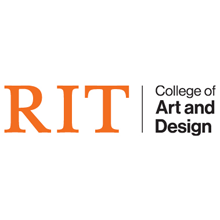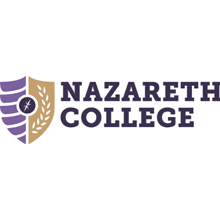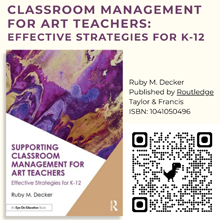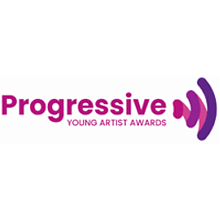- HOME
- ADVOCACY
- COMMUNITY
- CONFERENCE
- PROGRAMS
- PUBLICATIONS
- REGIONS
- RESOURCES
2025 Keynote Speakers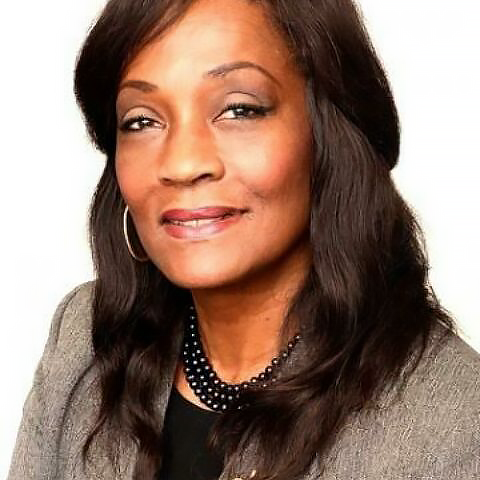
Wanda B. Knight, Ph.D.
Wanda B. Knight, Ph.D., is a Professor of Art Education and Women's, Gender & Sexuality Studies and Professor-in-Charge of Art Education. Besides university level teaching both online and in residence, she has taught all grade levels (PreK–12), in vastly different locations‚ counting rural, urban, suburban, and United States Department of Defense schools‚ in both the United States and overseas. She has also served as a principal of both elementary and secondary public schools and as registrar and curator of an art museum. Moreover, she teaches, presents, and leads workshops and seminars that foster diversity and support fair, ethical, and inclusive teaching and learning environments. Serving as an expert diversity consultant to educational organizations, businesses, and a Fortune 500 Company, her teaching, research, and leadership knowledge and skills are informed through global travels and from scholarly pursuits that have allowed her to cross borders of technologies, disciplines, and institutions. Dr. Knight serves on the National Art Education Council for Policy Studies, is past president of the United States Society for Education through Art (USSEA) and is past chair of the National Art Education Association Committee on Multiethnic Concerns (COMC). A previous editor of the Journal of Social Theory in Art Education, co-editor of a special issue of SchoolArts Magazine, and guest editor of Visual Arts Research, her work concerning teacher education, culturally competent teaching, diversity and inclusion, social justice, and educational equity is published widely and her extensive presentations span national and international locations including Austria, Canada, Finland, Germany, Korea, Sweden, Taiwan, and other locations‚ incorporating keynote presentations sponsored by universities, cultural institutions, and national and international associations. Moreover, she has received funding for her research from local, state, and international organizations, including the Pennsylvania State University, The Ohio State University, The Pennsylvania Department of Education, The Getty Foundation, The Annenberg Foundation, and Phi Delta Kappa International, among others. Her honors include the Pennsylvania Art Education Association Outstanding Higher Education Art Educator Award, the NAEA J. Eugene Grigsby Jr. Award for outstanding contributions to the field of art education and the Kenneth Marantz Distinguished Alumni Award from The Ohio State University, where she earned her Ph.D.
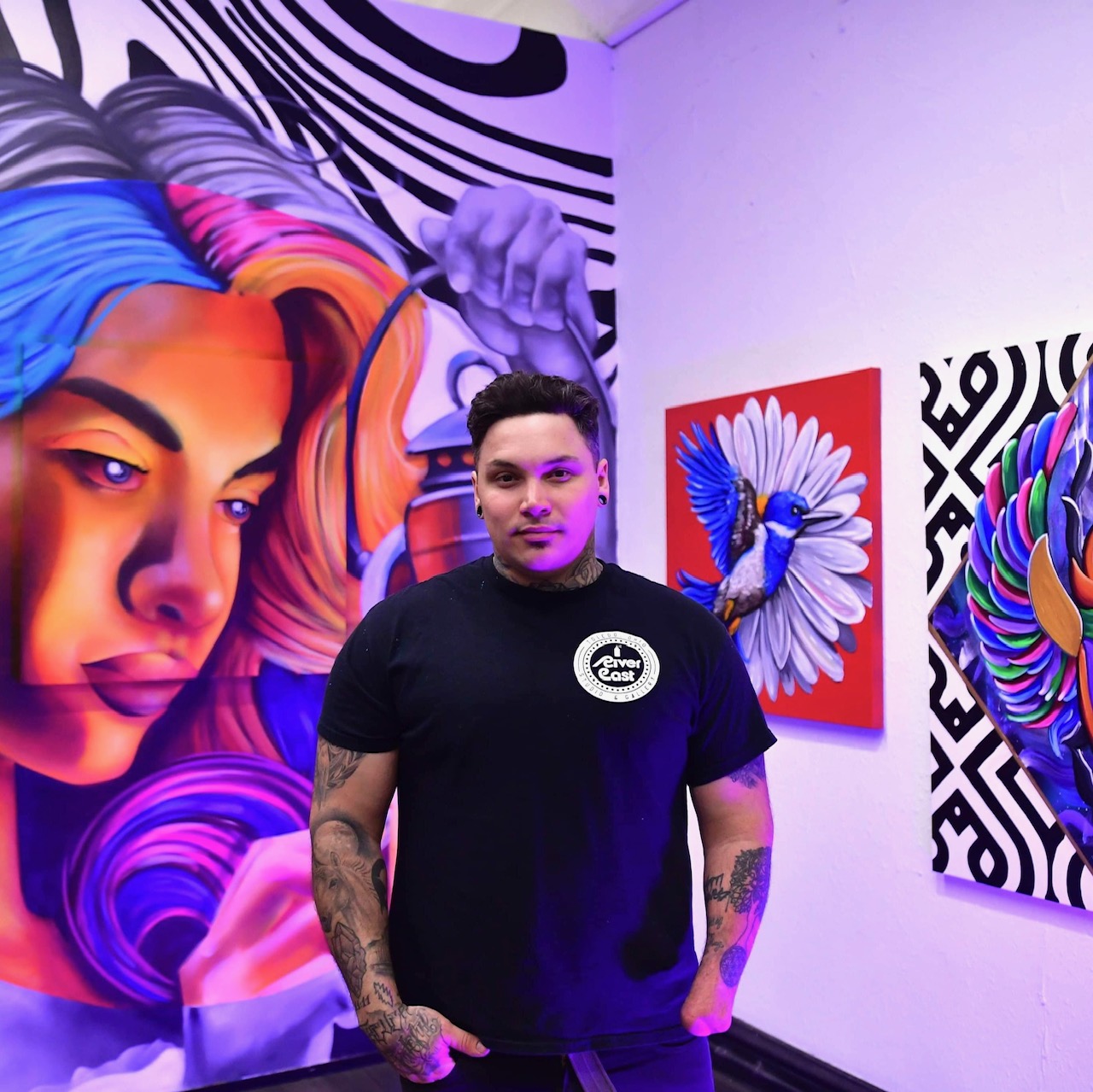
Chris "Chilly" Rodriguez Toledo, Ohio native Chris “Chilly” Rodriguez is a artist & muralist with numerous murals and works spread throughout his hometown and across the country. As a troubled youth, Chilly found an outlet in art while he simultaneously struggled with the battles of addiction. After losing his left hand in an alcohol related injury in 2018, Chris confronted his demons head on and emerged stronger by turning his passion for art into a driving force for sobriety, community revitalization, and positive change. Rodriguez’s art reflects his personal evolution, capturing themes of trauma, addiction, sobriety, fear, and love. Through murals, paintings on canvas, and sculptural pieces, he explores the complexities of the human experience, using vibrant colors, abstract patterns, typography, and realism to illustrate the transformative power of art. As a self-taught artist with roots in graffiti and street art, Rodriguez views his creative practice as a tool for healing and personal growth, with each piece marking a step in his ongoing journey. According to Rodriguez, “Art is more than just color on a wall or canvas—it’s a tool for healing and empowerment.” His work serves as a visual narrative of his resilience and dedication to the transformative power of art. Through his work, he hopes to inspire others to embrace creativity as a means of healing and self-discovery. Rodriguez’s commitment to public art is evident in his murals, which have revitalized neighborhoods and brought art to underserved spaces. His work can be seen throughout his home city of Toledo and in cities across the country, serving as a testament to the power of art to uplift and inspire communities. Chris’s journey underscores that the transformative power of determination and creativity pays off. In 2022 Chris opened The River East Gallery providing a platform for local and regional artists which serves as a reminder that with resilience and dedication, anyone can overcome their past and achieve their dreams.
Ohan Breiding is a Swiss-American artist, raised in a Swiss village and living between Brooklyn, NY and Williamstown, MA. They work with photography, photographic and filmic archives, and video in a collaborative practice that reinterprets historical events, putting the past into a meaningful transformative relation with the present. They employ a trans-feminist lens to the discussion of ecological care to amplify the systemic failures and violence of the Anthropocene. Breiding has presented their work at numerous museums, galleries, and film festivals including ICA LA, Photo LA, the Armory Center for the Arts, LAMAG, LAXART, Human Resources, Oakland Museum of California, Berkeley Art Museum and Pacific Film Archive, Haus N Athens, Sharjah Art Foundation, IKOB Museum of Contemporary Art, Kunsthaus Zürich, Hallwalls Contemporary Arts Center (Buffalo, NY), Frac des Pays de la Loire and Oceanside Museum (as part of the Getty’s PST Art — Pacific Standard Time). Breiding is a 2024 A.I.R. Fellow, a 2024 FIAR resident, a 2024 Triangle Artist Resident, a 2021 TBA (Thyssen-Bornemisza Art Contemporary) Academy Ocean Space Fellow, a 2019 Millay Colony Resident and a 2018 Shandaken: Storm King resident. They are the recipient of the 1945 World Fellowship Award, the Hellman Award, the SIFF (Swiss International Film Festival) Award for The Rebel Body, a short film made with Shoghig Halajian and the participation of Silvia Federici, the Rema Hort Mann Emerging Artist Award, and the DAAD Award. Their practice has been written about in Artforum, Art in America, BOMB, e-flux, Hyperallergic and Whitewall. Breiding is an Assistant Professor in the Art Department at Williams College and is represented by OCHI Gallery in Los Angeles.
Anna Warfield Anna Warfield (they/she, b.1995) is a soft sculptor, poet, educator, and community builder. Their text-based fabric works explore unlearning, communication, and identity. Interested in connection and understanding, they routinely create artworks in concert with community. They’ve exhibited solo in recent years at the Rockwell Museum (Corning), the Everson Museum (Syracuse), and Roberson Museum (Binghamton). Warfield is the recipient of a number of grants and awards the most notable of which include two New York State Council on the Arts Grants in 2023 & 2025, a Corning Museum of Glass Residency in 2025, and a Constance Saltonstall Fellowship and Residency in 2023. Education and opportunity creation are pillars of their practice. Warfield is one of twenty-six participants in the 2025 NYC Teaching Artist Roundtable Mentorship program. Warfield teaches working artists professional skills throughout New York State as a consultant with NYFA, and started the “Artist Grant Navigation Project,” in 2024 through which they coach artists on grant writing. Warfield partnered with ChaShaMa in 2025 to activate storefronts in Binghamton with arts and culture programming by emerging and experimental artists through her pop-up, Praxis Project Space and Gallery.
|


